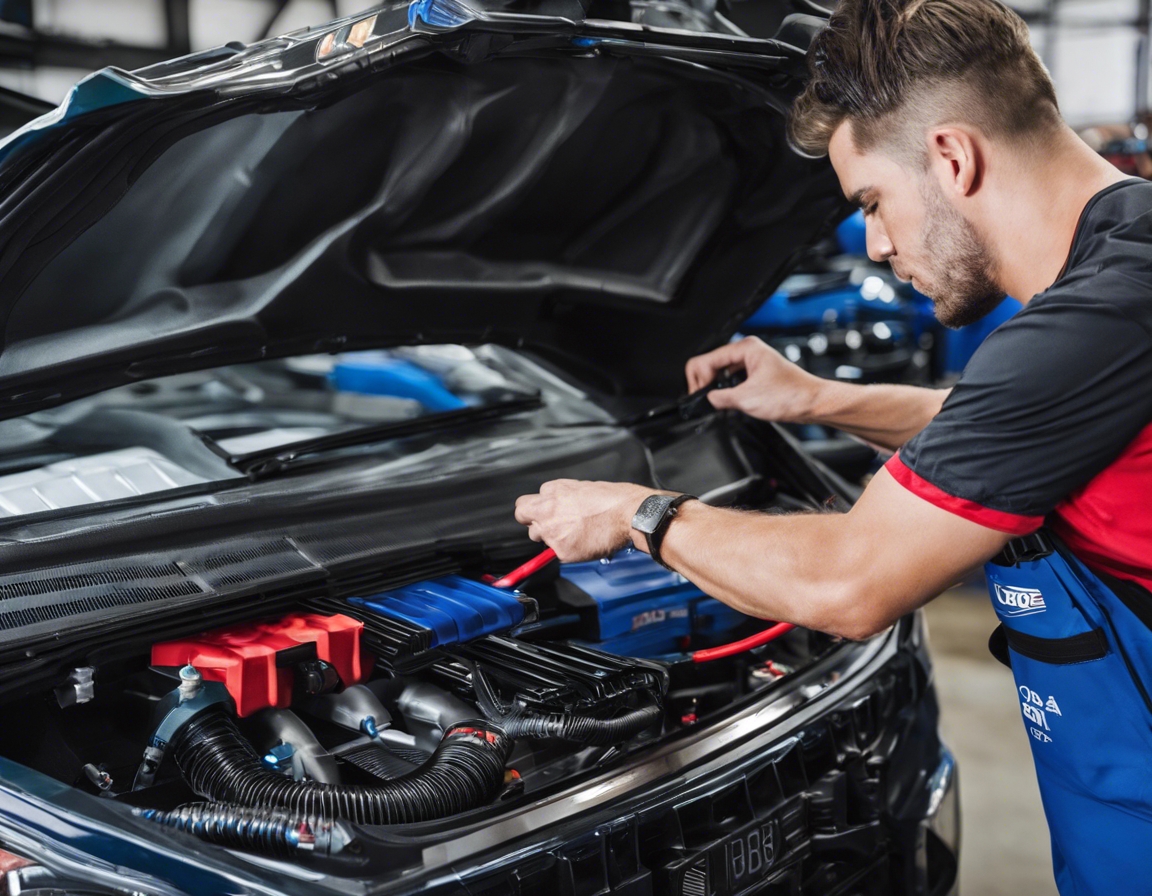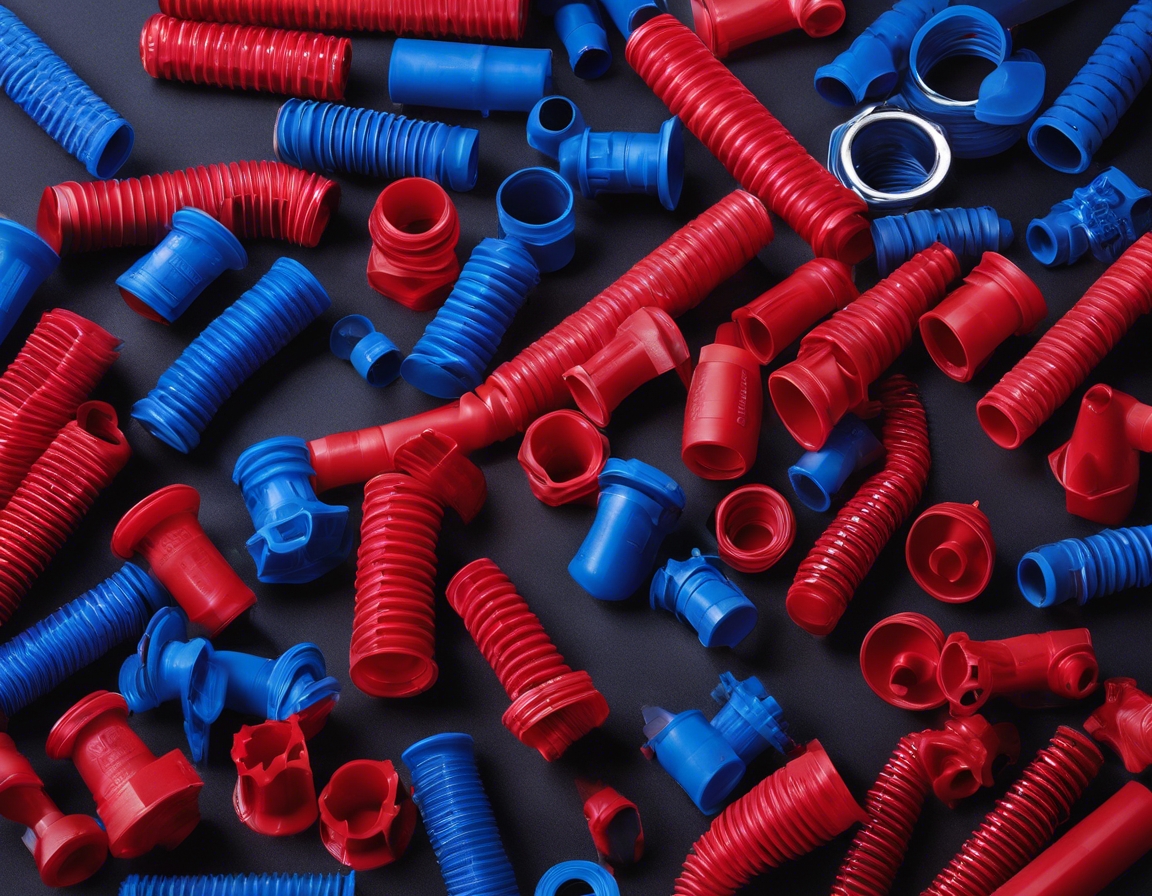Heat protection: keeping your ride cool under pressure
For automotive enthusiasts and professional mechanics, the performance of a vehicle is paramount. However, with increased performance comes the challenge of managing excessive heat. Heat protection is crucial in maintaining engine efficiency, preventing thermal degradation of components, and ensuring the safety of both the vehicle and its occupants.
High-performance vehicles often suffer from a range of heat-related issues such as overheating engines, warped components, and reduced efficiency. These issues can lead to costly repairs and downtime, making heat management a top priority for car enthusiasts.
Key Components of Heat Protection
Heat shields and wraps are essential for protecting sensitive components from extreme temperatures. They reflect and dissipate heat, ensuring that parts such as exhaust systems and turbochargers operate within safe temperature ranges.
Thermal barriers and reflective materials provide an additional layer of protection, reflecting radiant heat away from the vehicle's body and interior. This not only protects the components but also enhances passenger comfort.
Effective cooling systems and high-quality fluids are vital for maintaining optimal engine temperatures. Upgraded radiators, intercoolers, and specialized cooling fluids can significantly improve heat dissipation.
Advanced Heat Protection Technologies
Ceramic coatings offer superior heat resistance and can be applied to a variety of surfaces. They form a protective barrier that can withstand high temperatures and reduce heat transfer.
PCMs absorb and release heat as they change state, helping to regulate temperature fluctuations in high-performance engines.
Advancements in materials and design have led to innovative solutions for heat dissipation, including advanced heat sinks and ventilation systems that help keep the engine bay cool.
Installation and Maintenance Tips
While some heat protection solutions can be installed by the vehicle owner, professional installation is recommended for complex systems to ensure proper fitment and maximum efficiency.
Regular maintenance of heat protection components is essential for their longevity and effectiveness. This includes inspecting for damage, ensuring proper fitment, and replacing worn parts.
Performance Benefits of Effective Heat Management
By keeping the engine and its components at optimal temperatures, heat management can lead to improved power output and efficiency.
Heat protection helps to extend the lifespan of engine components by reducing thermal stress and preventing damage.
A well-managed thermal environment contributes to the overall safety and reliability of the vehicle, reducing the risk of heat-induced failures.






Comments (0)